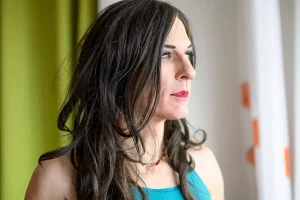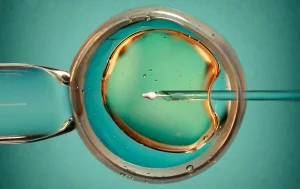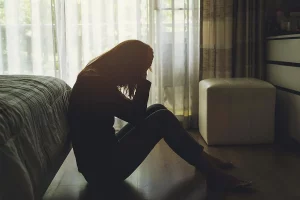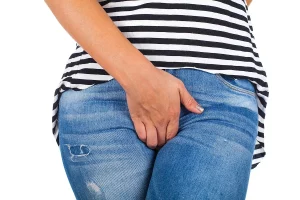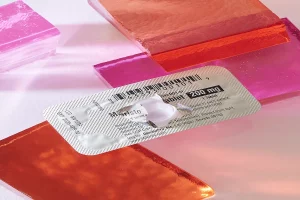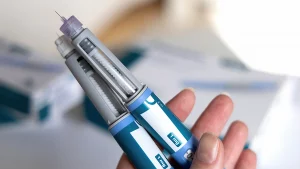
WHEN WE TALK ABOUT PRISON REFORM, about closing the school-to-prison pipeline and shutting down for-profit facilities, we’re talking about men, specifically black men, who are wildly over-represented in the U.S. detention system. But female prison populations are growing faster than male ones, bloating to roughly 14 times the 1970 size. Although the number of female inmates does not approach the male headcount, this alarming rise should not go overlooked. Here’s what you need to know.
Most women in prison have been convicted of non-violent offenses, including shoplifting, drug offenses, and prostitution. They are very likely to have lived in poverty and to have been under-educated. The vast majority have been victims of physical and sexual abuse, and are the mothers and primary caretakers of minor children.
Incarceration has long-lasting effects on the lives of former prisoners. When all other factors are accounted for, former inmates earn 40 percent less per year than their free counterparts. Only two states allow inmates to cast absentee ballots from prison, while 10 states may permanently disenfranchise former prisoners. Six states do not offer basic adult education programs in correctional facilities, and former inmates may not have access to federal financial aid for college. Combined, these factors create a near-inescapable cycle of poverty.
Time spent in jail or prison, even for non-violent offenses, can permanently destroy women’s families. States must petition to terminate parental rights if a child has spent 15 of the last 22 months in foster care. No exceptions are made for inmates. Many felons are ineligible for food stamps, child care, and housing assistance, even if they are the parents and primary caregivers of minor children. More than half of all inmates’ children are under the age of 9, and having an incarcerated parent increases a child’s risk of future poverty and home instability.
As is the case with incarcerated men, female prisoners face different experiences along racial lines. Women of color make up two-thirds of the female prison population. The number of black women in prison has risen 800 percent since 1986: twice the overall rate. Black girls and young women who are victims of abuse are more likely to be treated as offenders — and less likely to receive state-mandated counseling — than their white counterparts. Despite using drugs at roughly the same rate as white women, black women are much more likely to be arrested and face harsh sentences for minor, non-violent drug offenses.
Female inmates may face greater challenges in finding employment after they are released. According to Ifeoma Ajunwa’s “The Modern Day Scarlet Letter”:
most formerly incarcerated women cannot fall back on many of the unskilled or semiskilled jobs that their male counterparts can. Many other trade jobs or vocational jobs, such as being an electrician or welding require an apprenticeship and are socially closed off to women. Additionally, most “pink-collar” jobs that attract women such as nursing or teaching are subject to professional licenses and background checks that weigh negatively against people who have been convicted of a crime.
Feminist activists have begun to talk a lot about the slowly disappearing tampon tax, which treats menstrual products as luxury items. Many women’s prisons do not treat menstruation as a medical reality that varies from woman to woman. These institutions may ration pads to their most austere limit, and women whose needs exceed what their facility has elected to provide may be forced to purchase personal menstrual products at inflated commissary rates, if the prison store stocks Always and Kotex at all.
When the routine process of limiting inmates’ access to clean laundry is taken into consideration, menstruation in prison becomes an even bleaker matter. Women who are unable to secure adequate menstrual supplies are forced to walk around in bloody clothing, which can create health hazards for others when they come into contact with seats and beds. That’s not to mention the risk of infection each menstruating woman faces by wearing bloody clothing and soaked pads for longer than they should. According to a 2015 report from the Correctional Association of New York, this is one of the myriad ways that “prisons expose the people in them to significant health risks and infringe on their basic human rights and dignity.”
The Department of Justice plans to terminate its contracts with private prisons, where one in eight federal prisoners are housed. This phase-out will not affect the vast majority of for-profit prisons in the U.S., however, because those facilities exist at the state level. Encourage your lawmakers to follow suit and eliminate their states’ use of private systems, which treat people like chattel, and refuse improvements that will hurt their bottom line, at the expense of inmates’ welfare.
If we want to reduce prison populations, ending the use of income-generating prisons is the first step of many. Remember: none of this is inevitable, and we have the power to change it.

